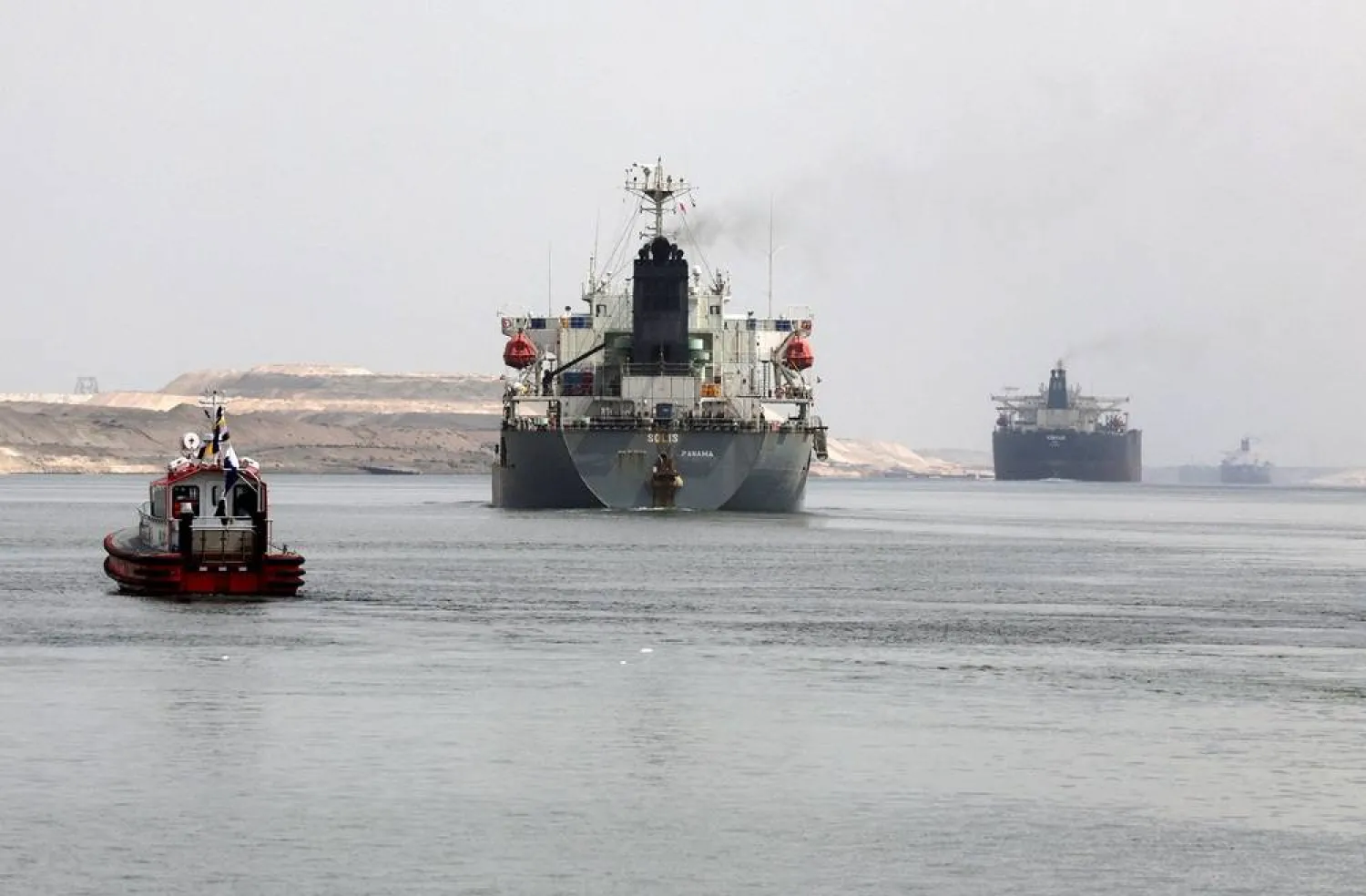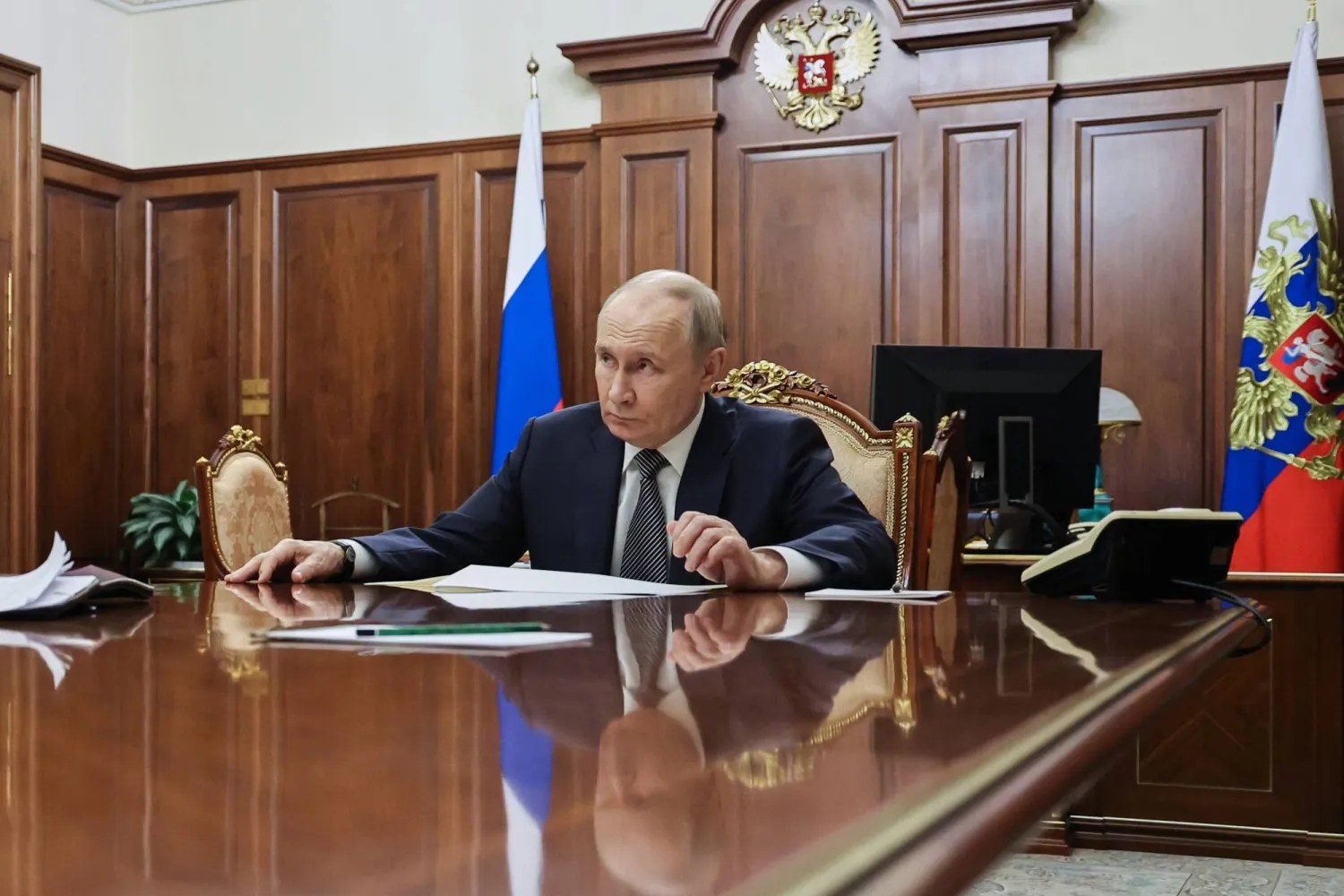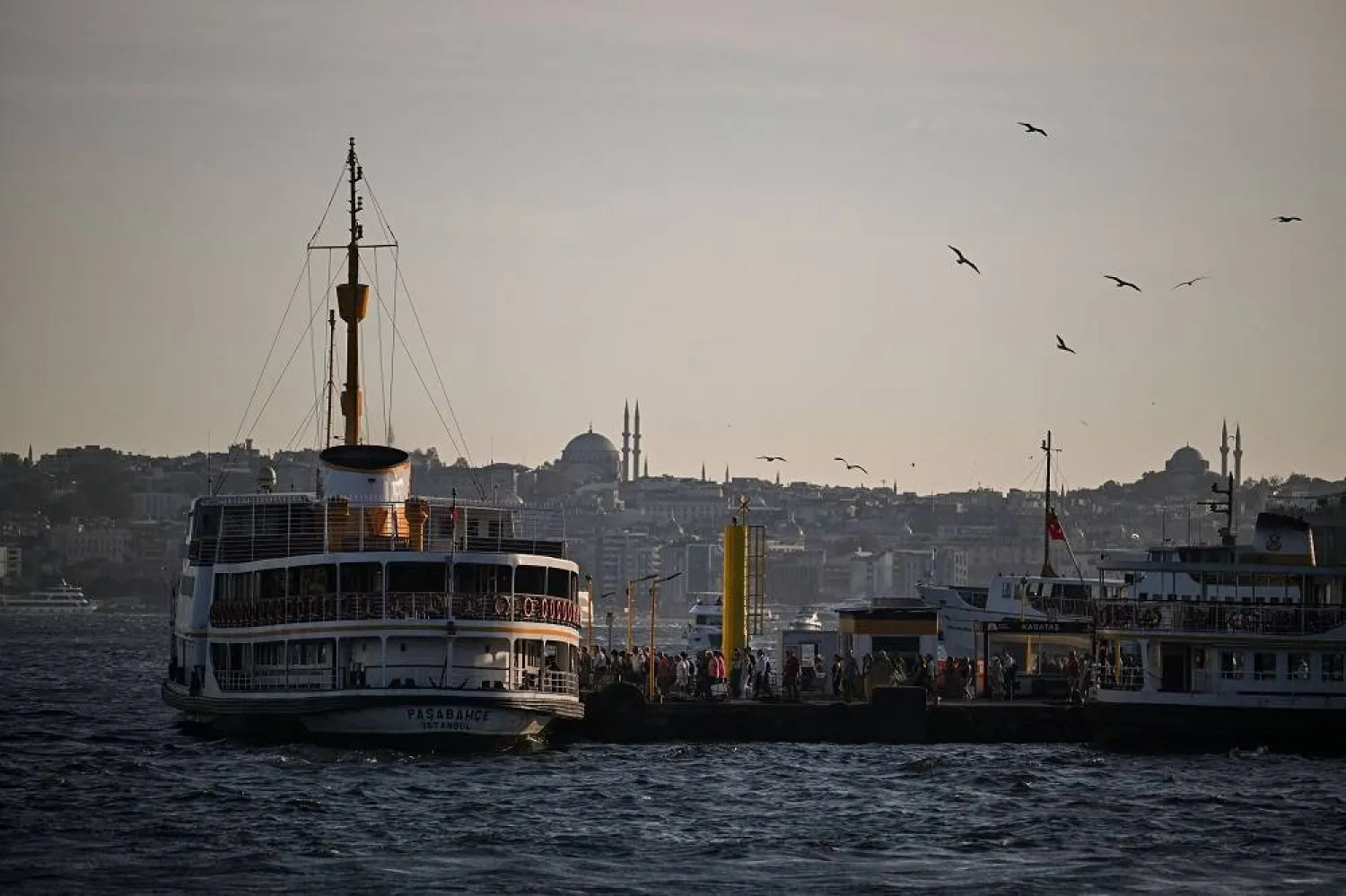The world faces an oil surplus in 2020 even as demand gradually recovers and record supply cuts by producers help rebalance the market, according to OPEC forecasts on Wednesday.
The latest monthly report from the Organization of the Petroleum Exporting Countries potentially increases pressure on the group and its allies, known as OPEC+, to curb more supply.
OPEC said demand would decline by 6.4 million barrels per day (bpd) in the second half of 2020, less than the drop of 11.9 million bpd in the first six months of the year, with a "gradual recovery" seen until the end of the year.
Oil prices have collapsed as lockdowns to limit the spread of the coronavirus have curtailed travel and economic activity. While some places in Europe and Asia have eased restrictions, concern over new outbreaks has kept a lid on prices.
To tackle the drop in demand, OPEC+ - which includes Russia - agreed to a record supply cut that started on May 1, while the United States and other nations said they would pump less.
OPEC said these curbs were already helping.
"The oil market was strongly supported by a reduction of the global crude oil surplus, thanks mainly to the historic voluntary production adjustment agreement," Reuters quoted it as saying.
Despite the cuts made already, OPEC still pointed to a surplus in the market this year, in part because it now expects supply from outside the group to be about 300,000 bpd higher than previously thought.
A technical committee of OPEC+ and a ministerial panel met Wednesday and are expected to hold talks Thursday to review the supply cut's impact and seek better compliance from those yet to deliver their share in full, such as Iraq and Nigeria.
Brent crude was trading above $40 a barrel after the report's release and is up from a 21-year low below $16 reached in April.
In the report, OPEC did not further reduce its forecast for world oil demand in 2020, after steep cuts in earlier months. Still, downside risks remain for consumption in top consumer the United States, according to the group.
The supply pact agreed in April involves OPEC+ cutting output by 9.7 million bpd in May and June. OPEC+ agreed on June 6 to extend the cut for another month, a decision OPEC said the market had taken well.
In its report, OPEC said it had cut supply in May by 6.3 million bpd to 24.2 million bpd. That amounts to 84% compliance with the pledges, according to a Reuters calculation – higher than some estimates.
Overall OPEC+ compliance stood at 87% in May, a source said on Wednesday.
OPEC estimated the demand for its crude this year at 23.6 million bpd, down 700,000 bpd from last month, suggesting it needs to cut about 600,000 bpd from May's rate to avoid a surplus.









